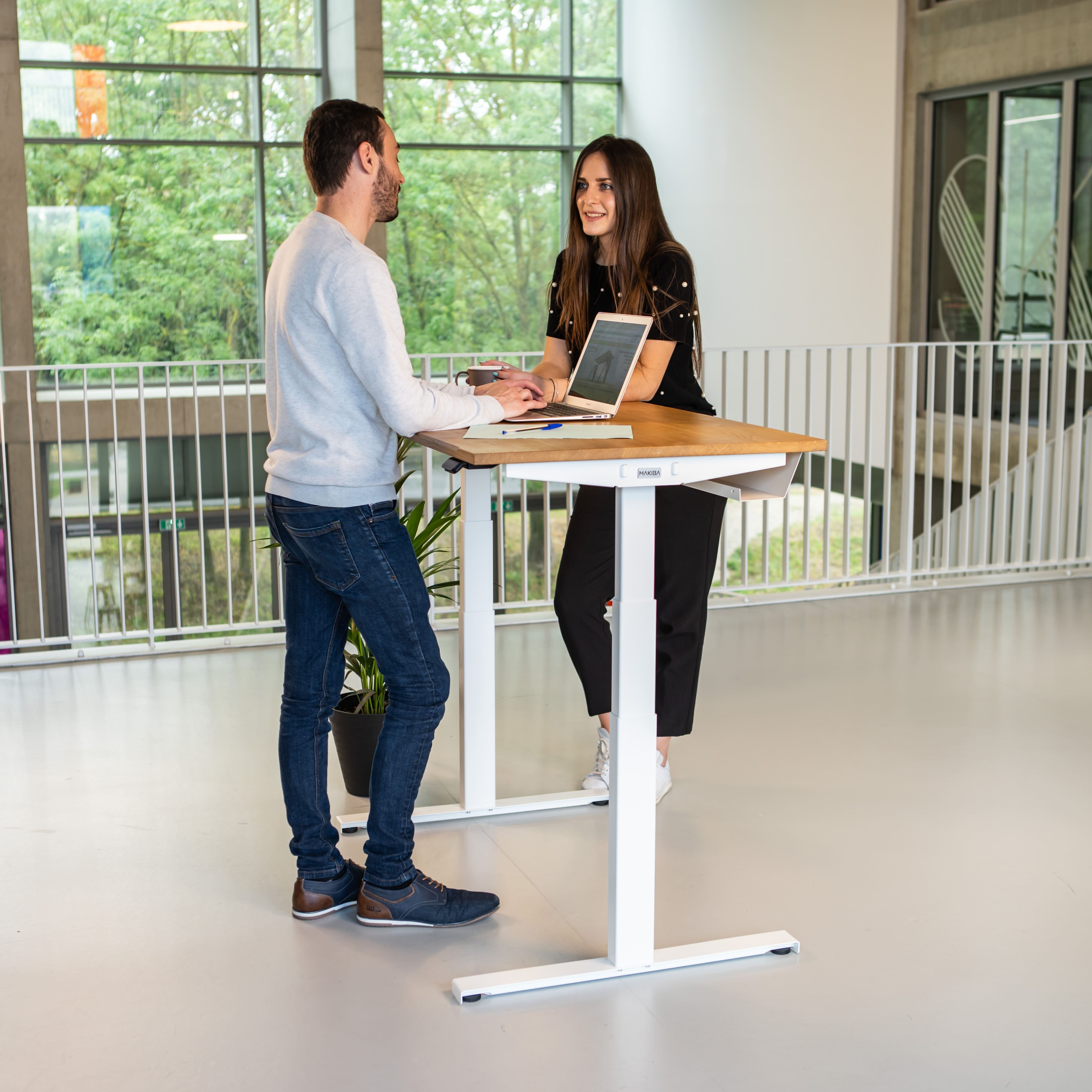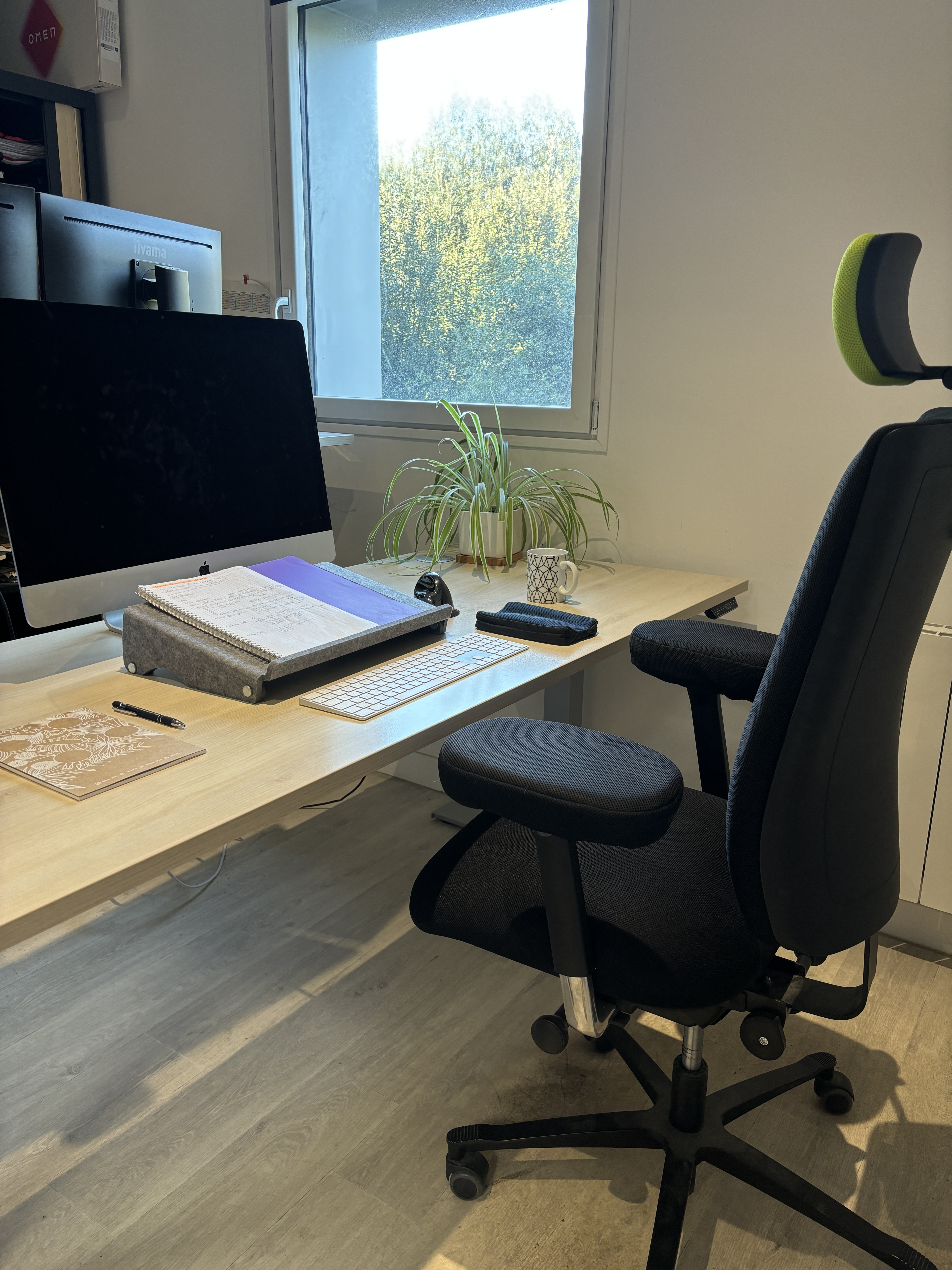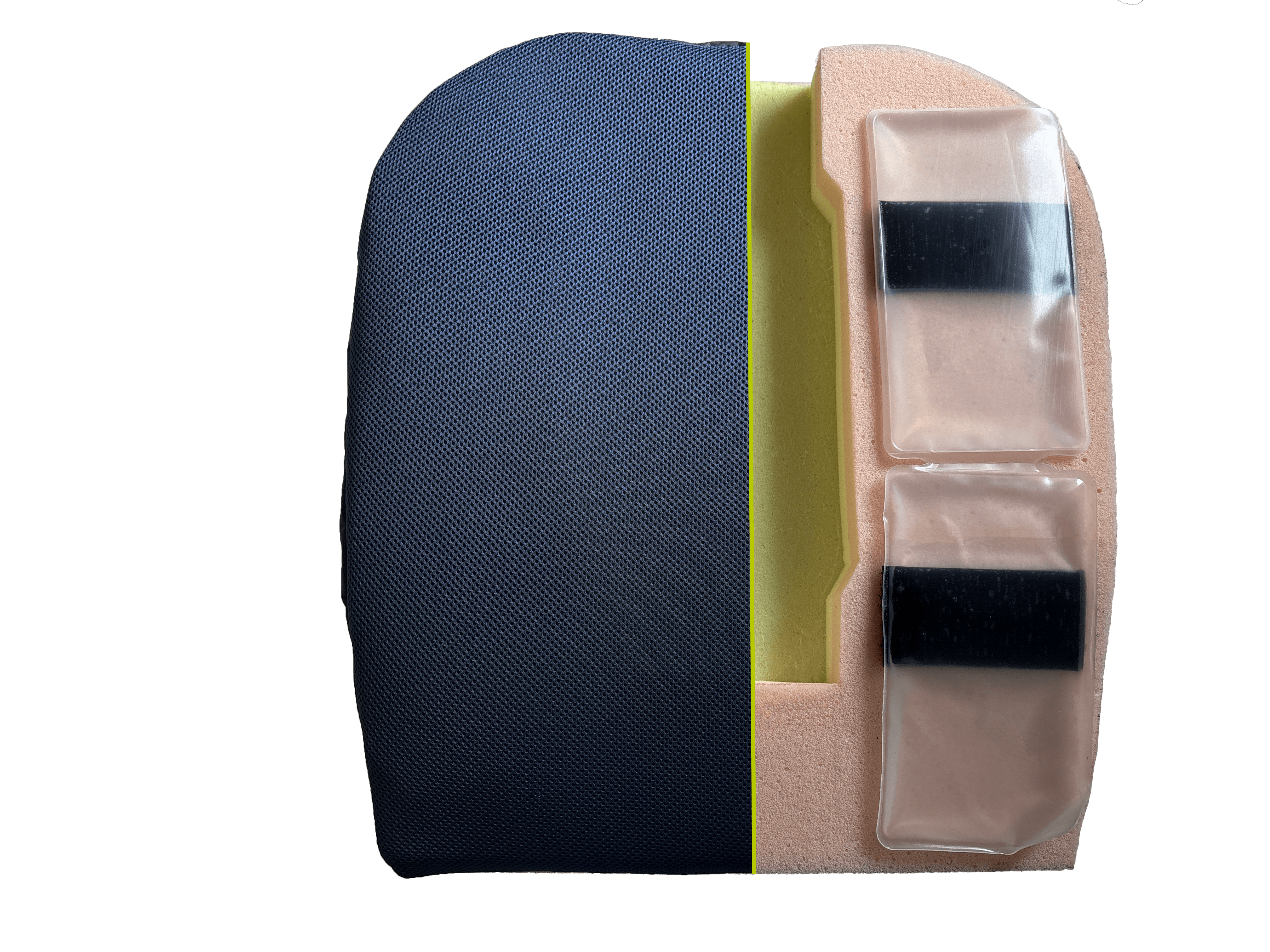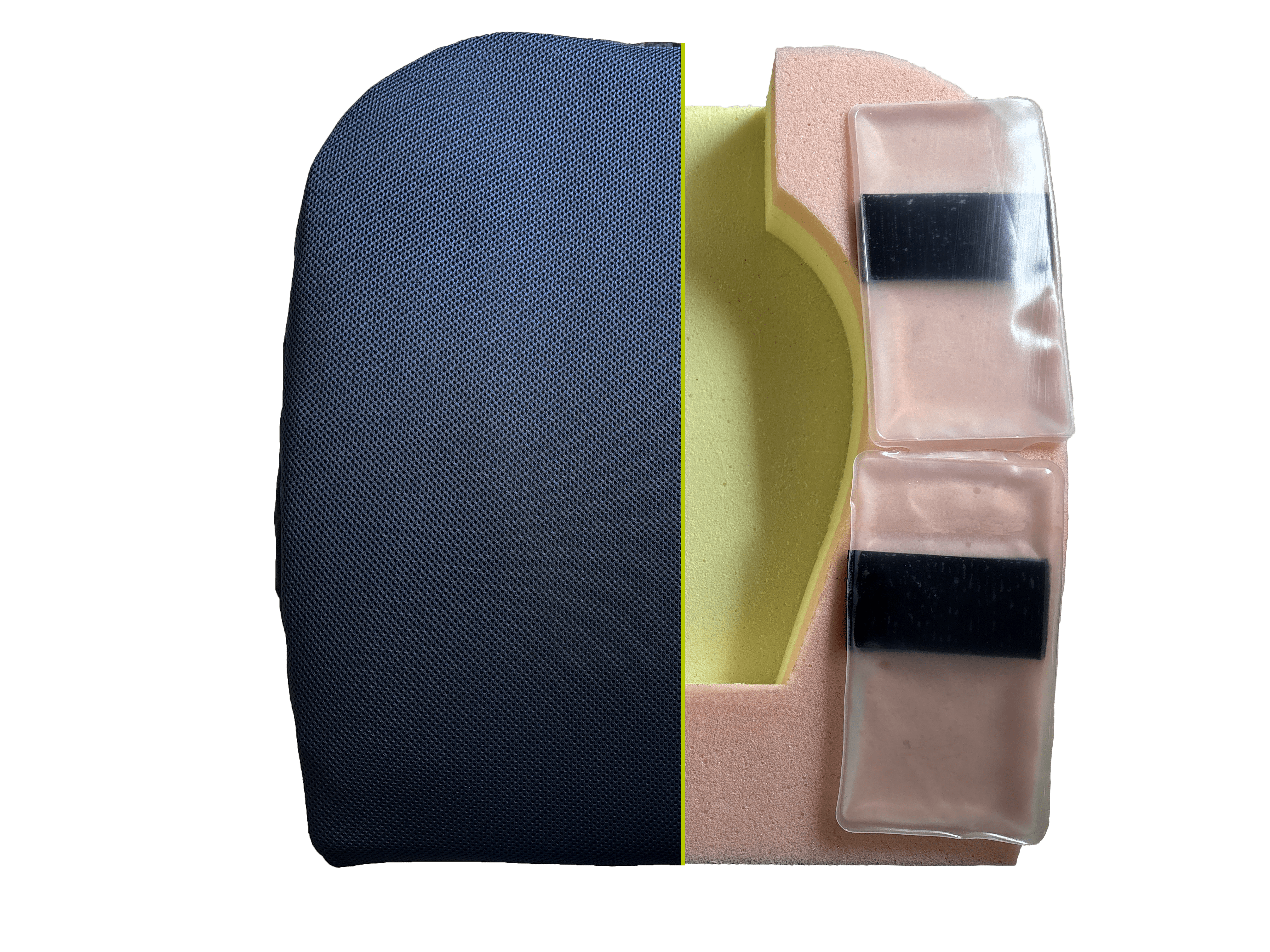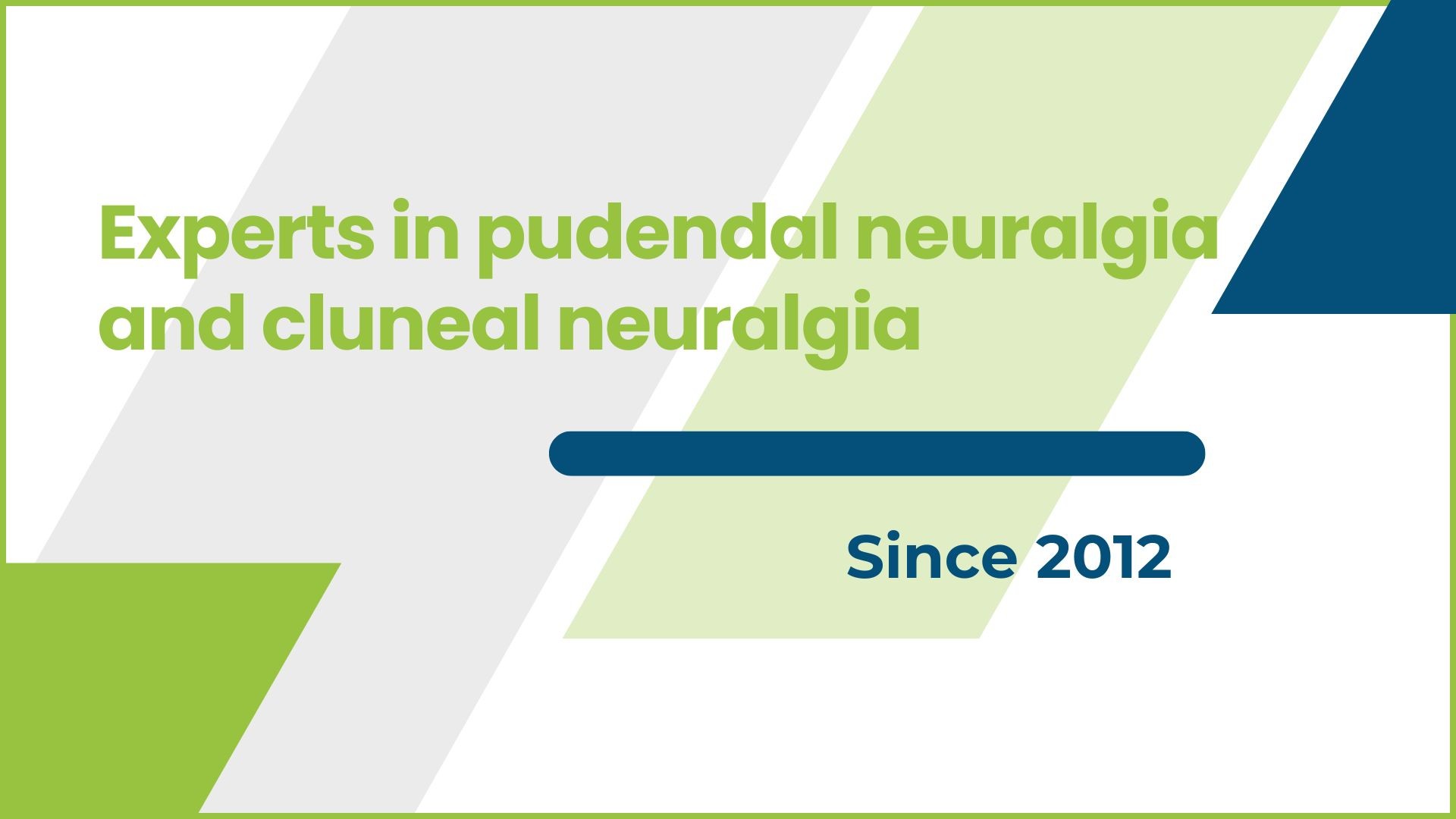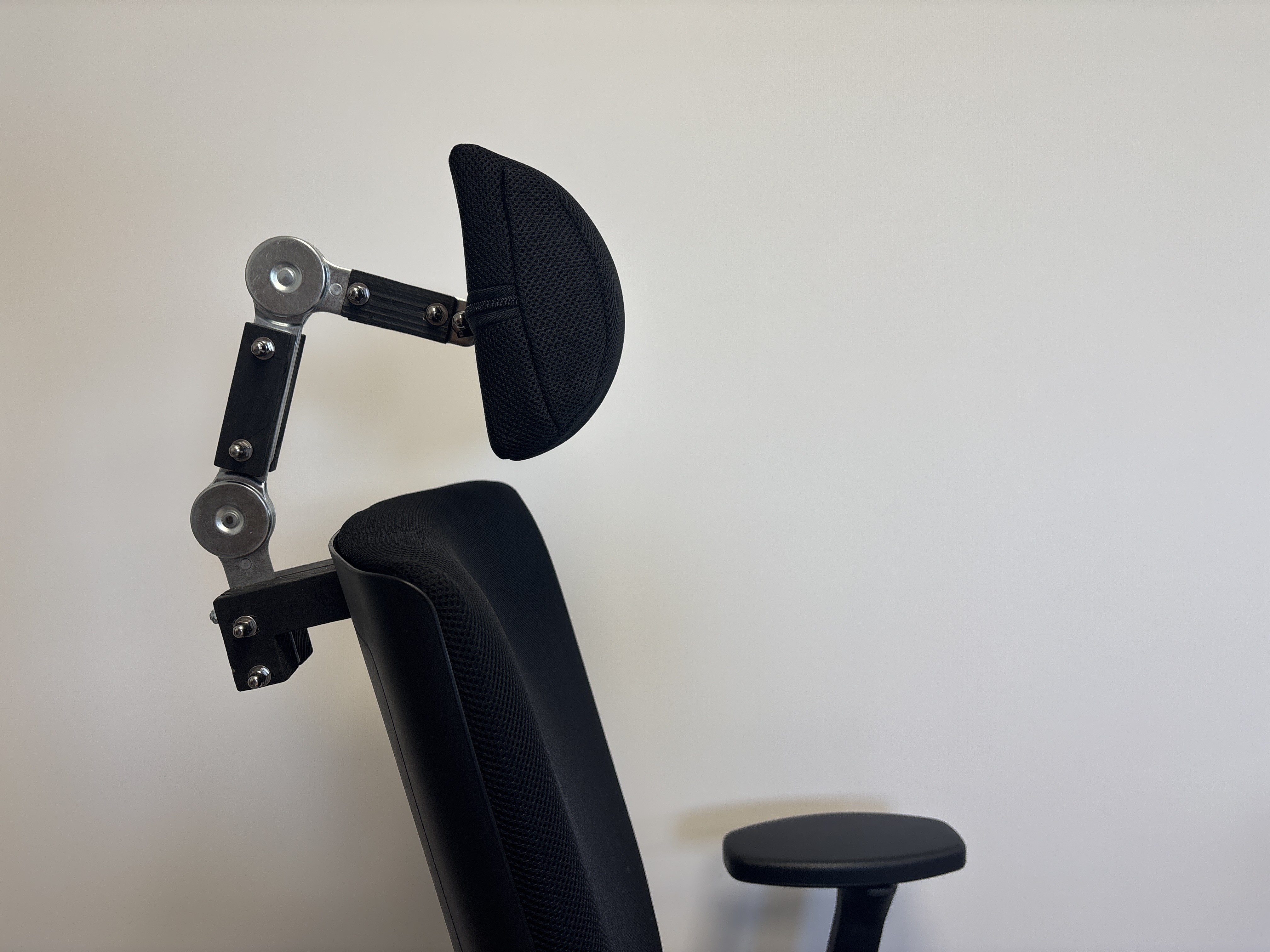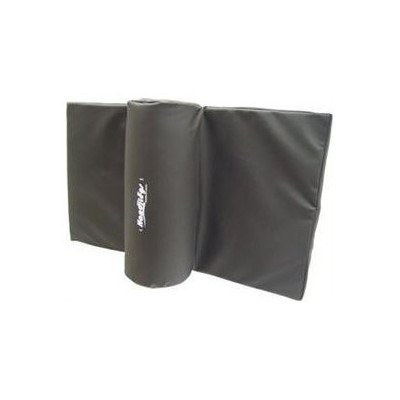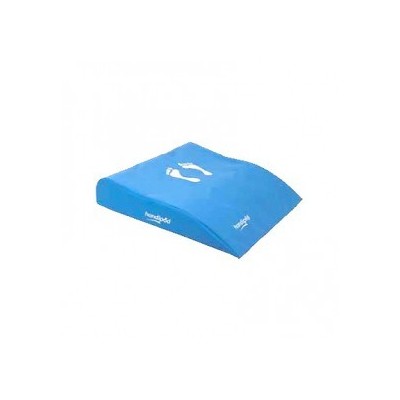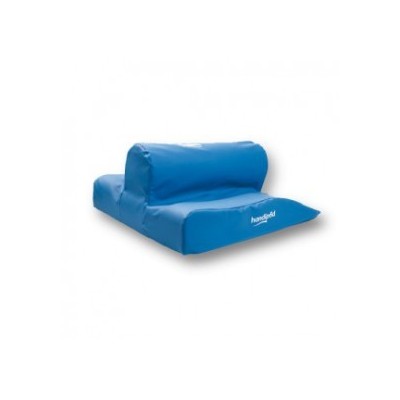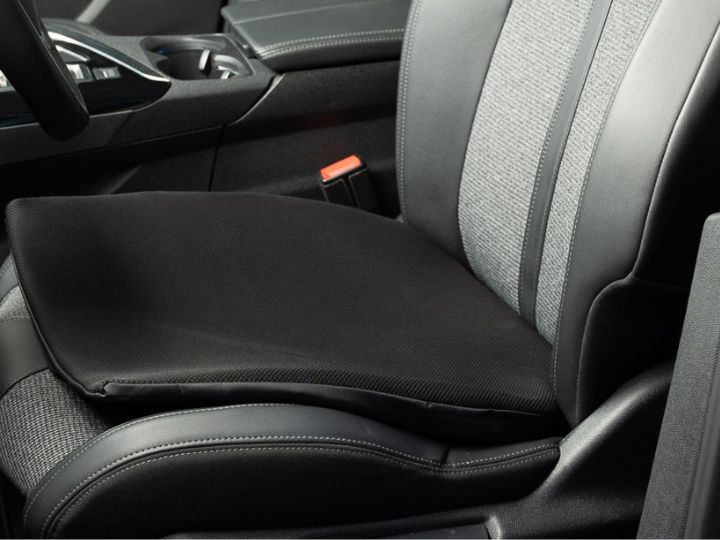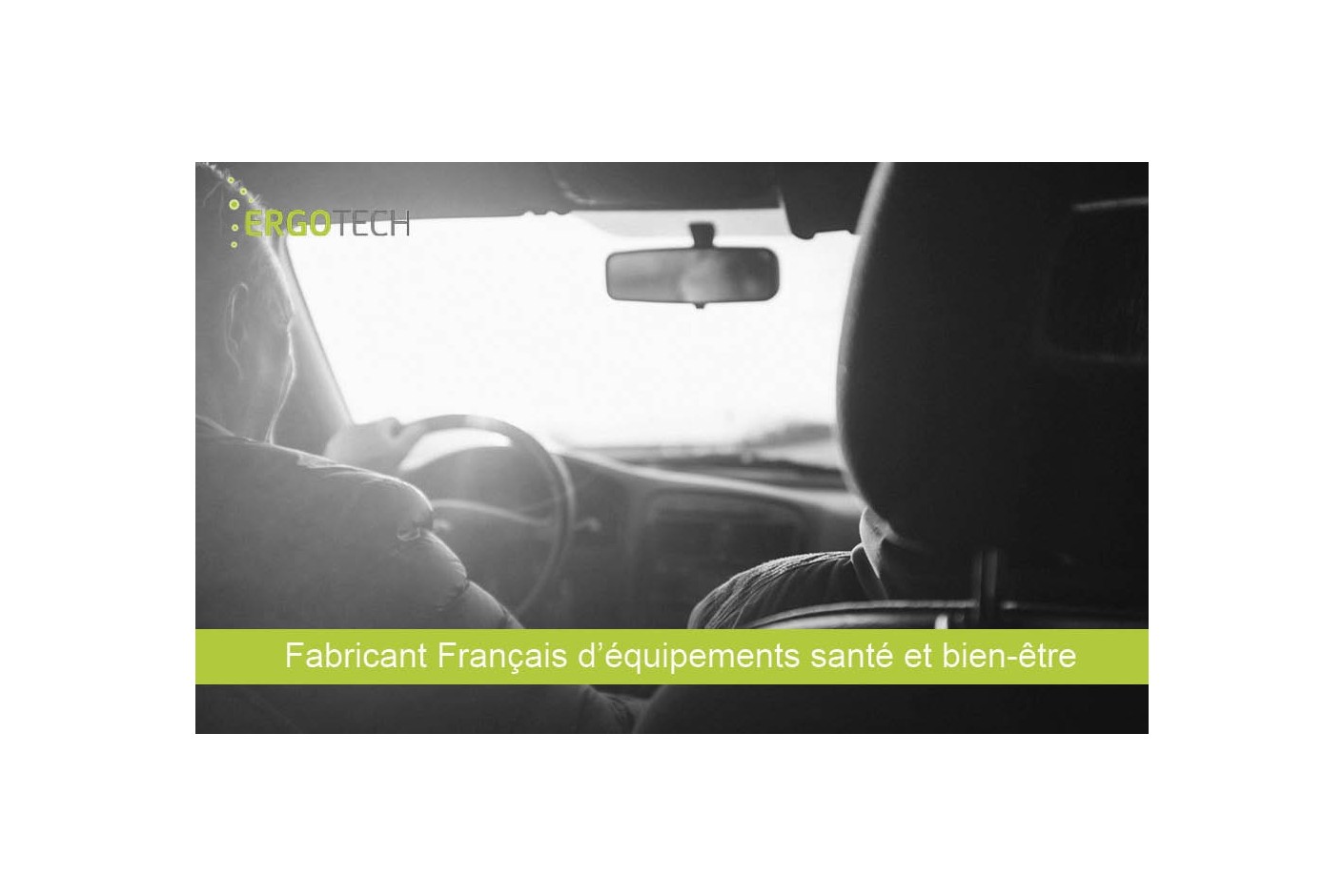
Back Pain While Driving: Causes and How to Fix it
Why does your back hurt while driving?
Sitting is not a natural posture for the body, whether on a chair or a sofa. Sitting in a car is even worse since seats are often not ergonomic or adjustable enough to support a safe, comfortable posture. Road shocks and vibrations can also trigger or worsen pain while sitting. If you suffer from lumbago, herniated disc or sciatica, driving can become particularly painful.
Poor posture: why it causes back pain in the car
Even if car seats can be adjusted in height and depth, they don’t always allow you to adopt the best posture to prevent and relieve back pain. Often, seats are too low and force the knees higher than the hips, increasing pressure on the back and pelvis.
This position curves the spine, compressing the intervertebral discs. These discs, located between vertebrae, ensure flexibility and absorb shocks. When pinched, they can compress nerves and lose their protective function.
Road vibrations and shocks: another cause of back pain
Vibrations and shocks while driving are a key cause of driving-related pain.
“Low peaks” or vibrations are measured using RMS and are subject to European regulations. Over time, they can lead to back pain, herniated discs, neck pain or shoulder pain. Drivers of trucks or forklifts are especially at risk. Since 1999, back pain due to vibration is recognized as an occupational disease.
“High peaks” or shocks—like potholes or road irregularities—also affect the spine, especially if discs are already compressed.
These vibrations and shocks can cause or worsen back pain, buttock pain, neck pain, especially in those with sciatica or herniated discs.
How to relieve back pain while driving
What type of car to choose for back pain?
You might not think of it when buying a car, but comfort and posture options can make a big difference in reducing back pain.
High-seated vehicles like SUVs or crossovers make it easier to get in and out without twisting. However, they often have stiffer suspensions which can affect comfort.
Automatic transmissions help prevent back pain by avoiding repetitive leg motions, especially in city driving. Cruise control also reduces leg fatigue on long drives.
How to avoid pain while driving
Simple tips can improve your driving posture and help reduce pain.
To get out of the car without pain, swing both legs out first, then stand up. Use the steering wheel or door for support, especially if the car is low. This avoids twisting your torso.
When reversing, avoid torso twisting by using a backup camera. Or move the seat forward and sit sideways to reduce strain.
Breaks: the key to preventing and relieving back pain
The best way to avoid back pain while driving is to take regular breaks—at least every 2 hours, for about 20 minutes. Use the break to get out of the car, walk, and stretch. This will relieve your back and restore blood flow to the legs, reducing the “heavy legs” sensation often felt after long drives.
You now have all the essential information on back pain while driving and how to prevent it. However, even with good habits, pain may persist.

